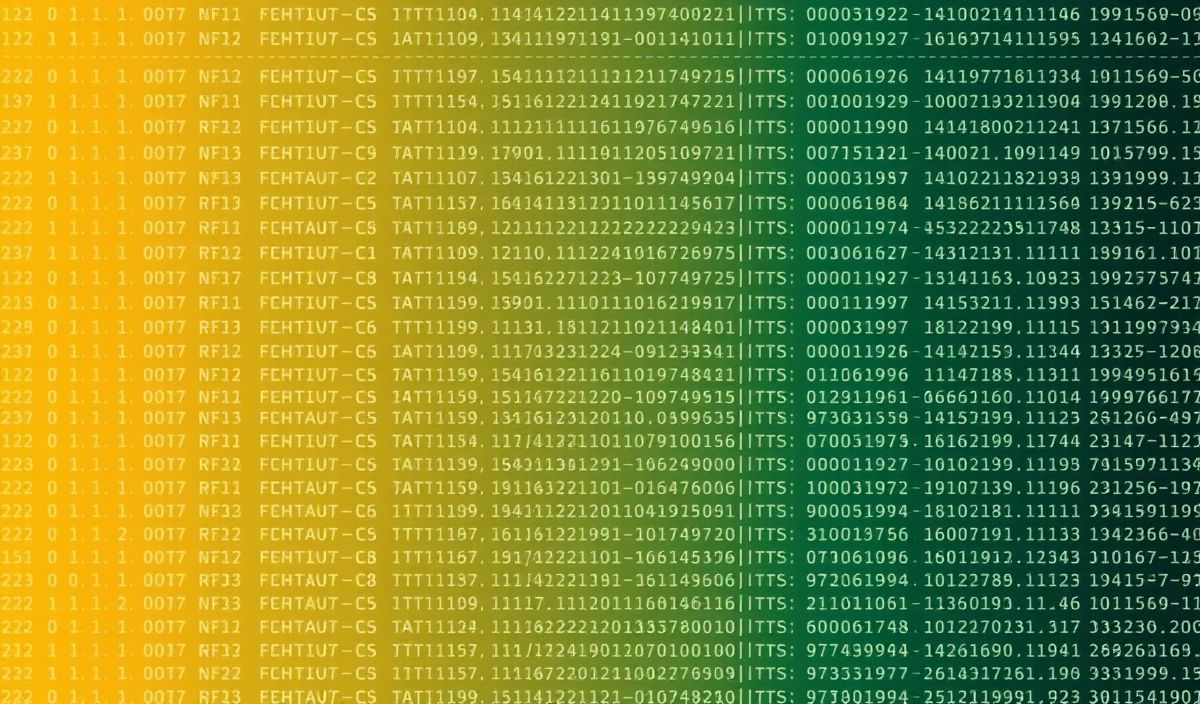NumPy: The Powerhouse Library for Numerical Computing in Python
Introduction to NumPy
NumPy, short for Numerical Python, is an open-source Python library that forms the backbone of numerical computing, data analysis, and scientific research. Renowned for its efficiency, it is widely used in domains such as machine learning, deep learning, data science, and engineering. NumPy has revolutionized how mathematicians, data analysts, and scientists work with arrays, matrices, and large datasets in Python due to its fast, efficient, and intuitive interface.
At the heart of NumPy lies the ndarray, or N-dimensional array, which offers powerful capabilities for handling massive data sets in a compact and optimized structure. Its vast collection of APIs eliminates the need to write complex loops for repetitive computations while extending functionality for linear algebra, random sampling, Fourier transforms, and more.
By integrating NumPy into your projects, you can enjoy a significant performance boost over traditional Python lists and leverage functionality tailored for data manipulation at scale.
20+ Useful NumPy APIs with Code Snippets
Let’s dive into some of the most frequently used and powerful APIs in NumPy, along with examples to showcase their usage.
1. Creating Arrays: numpy.array()
Create a NumPy array from lists or tuples.
import numpy as np data = [1, 2, 3, 4, 5] arr = np.array(data) print(arr) # Output: [1 2 3 4 5]
2. Array of Zeros: numpy.zeros()
Create an array filled with zeros.
zeros_array = np.zeros((3, 4)) print(zeros_array) # Output: A 3x4 array of zeros
3. Array of Ones: numpy.ones()
Create an array filled with ones.
ones_array = np.ones((2, 3)) print(ones_array) # Output: A 2x3 array of ones
4. Create a Sequence: numpy.arange()
Create a sequence of numbers.
sequence = np.arange(0, 10, 2) print(sequence) # Output: [0 2 4 6 8]
5. Evenly Spaced Points: numpy.linspace()
Generate evenly spaced numbers between a range.
points = np.linspace(0, 1, 5) print(points) # Output: [0. 0.25 0.5 0.75 1. ]
6. Reshaping Arrays: numpy.reshape()
Change the shape of an array without changing its data.
reshaped = np.arange(1, 10).reshape(3, 3) print(reshaped) # Output: A 3x3 matrix
7. Generate Random Numbers: numpy.random
Generate an array with random numbers.
random_array = np.random.random((2, 2)) print(random_array) # Output: A 2x2 array of random decimals
8. Sorting Arrays: numpy.sort()
Sort the elements of an array.
data = np.array([3, 1, 2]) sorted_data = np.sort(data) print(sorted_data) # Output: [1 2 3]
9. Apply Conditionals: numpy.where()
Find indices where a condition is true.
nums = np.array([10, 20, 30, 40]) result = np.where(nums > 25) print(result) # Output: (array([2, 3]),)
10. Stacking Arrays: numpy.vstack() and numpy.hstack()
Concatenate arrays vertically or horizontally.
a = np.array([1, 2]) b = np.array([3, 4]) v_stack = np.vstack((a, b)) h_stack = np.hstack((a, b)) print(v_stack) # Vertical stack # Output: # [[1 2] # [3 4]] print(h_stack) # Horizontal stack # Output: [1 2 3 4]
11. Transpose an Array: numpy.transpose()
Swap rows and columns in a matrix.
arr = np.array([[1, 2, 3], [4, 5, 6]]) transpose = np.transpose(arr) print(transpose) # Output: # [[1 4] # [2 5] # [3 6]]
12. Basic Mathematical Operations
Perform operations element-wise.
arr = np.array([1, 2, 3]) print(arr + 2) # [3 4 5] print(arr * 2) # [2 4 6]
13. Matrix Multiplication: numpy.dot()
Perform matrix multiplication.
a = np.array([[1, 2], [3, 4]]) b = np.array([[5, 6], [7, 8]]) result = np.dot(a, b) print(result) # Output: # [[19 22] # [43 50]]
14. Finding Maximum and Minimum Values
Get the max or min value in an array.
arr = np.array([1, 2, 3, 4]) print(arr.max()) # 4 print(arr.min()) # 1
15. Summation of Elements: numpy.sum()
Calculate the sum of array elements.
arr = np.array([[1, 2], [3, 4]]) print(arr.sum(axis=0)) # Sum along columns # Output: [4 6]
16. Mean, Median, and Standard Deviation
Calculate statistical measures.
data = np.array([1, 2, 3, 4, 5]) print(np.mean(data)) # 3.0 print(np.median(data)) # 3.0 print(np.std(data)) # 1.414
17. Flatten an Array: numpy.flatten()
Turn a multi-dimensional array into 1D.
arr = np.array([[1, 2], [3, 4]]) print(arr.flatten()) # Output: [1 2 3 4]
18. Boolean Masking
Use boolean conditions to filter data.
arr = np.array([1, 2, 3, 4, 5]) mask = arr > 3 print(arr[mask]) # Output: [4 5]
19. Diagonal Extraction: numpy.diagonal()
Extract diagonals from an array.
matrix = np.array([[1, 2], [3, 4]]) print(matrix.diagonal()) # Output: [1 4]
20. Broadcasting
Perform operations between arrays of different shapes.
arr = np.array([1, 2, 3]) scaled = arr + np.array([10]) print(scaled) # Output: [11 12 13]
21. Unique Elements: numpy.unique()
Get unique elements in an array.
arr = np.array([1, 2, 2, 3, 3, 3]) unique_values = np.unique(arr) print(unique_values) # Output: [1 2 3]
22. Generating Identity Matrix: numpy.eye()
Create an identity matrix.
identity_matrix = np.eye(3) print(identity_matrix) # Output: # [[1. 0. 0.] # [0. 1. 0.] # [0. 0. 1.]]
Generic Application of NumPy: An Example
Let’s build a simple linear regression model using NumPy for predicting the weights of items based on their heights.
import numpy as np
# Sample data (Height vs Weight)
X = np.array([1.47, 1.50, 1.52, 1.55, 1.57]).reshape(-1, 1) # Heights in meters
y = np.array([52.21, 53.12, 54.48, 55.84, 57.20]) # Weights in kgs
# Append a column of 1's to X for the bias (intercept) term
X_bias = np.hstack([np.ones((X.shape[0], 1)), X])
# Calculate coefficients using the Normal Equation
coefficients = np.linalg.inv(X_bias.T.dot(X_bias)).dot(X_bias.T).dot(y)
# Extract coefficients
intercept, slope = coefficients
print(f"Intercept: {intercept}, Slope: {slope}")
# Predict weights for new heights
new_heights = np.array([1.60, 1.63]).reshape(-1, 1)
new_heights_bias = np.hstack([np.ones((new_heights.shape[0], 1)), new_heights])
predictions = new_heights_bias.dot(coefficients)
print("Predicted weights:", predictions)
NumPy’s vast ecosystem is the foundation for much of scientific and numerical computing in Python. By combining its APIs, both beginners and experts can efficiently manipulate data, conduct analyses, and build powerful models from scratch. Embrace NumPy today to take your Python programming to the next level!




